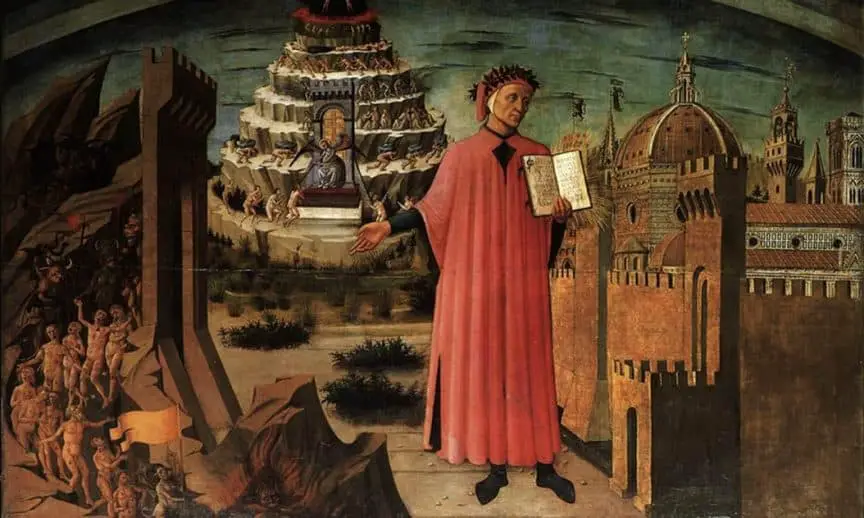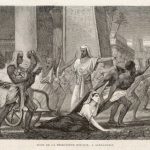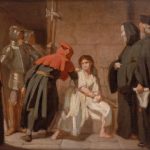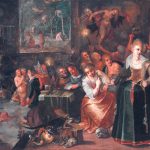The medieval age spans the period from the 5th Century to the 15th Century. At the start of it, Christianity had just survived a period of persecution. It became the official religion of the Roman Empire before its fall.
By the period ended, it had become the most dominant religion even with all the splits and reformation in the later years of the Middle Ages. The dominance of Christianity, specifically Roman Catholic as the official religion in Christendom and the persecution of those who held contrary beliefs, creates an illusion that paganism did not exist during the middle ages.
Yet, as this article will illustrate, despite the forceful approaches to banish it out, it still found forms of surviving all through the period until the modern ways of paganism.
Importance of religion in the middle ages
To understand how Christianity achieved such dominance and yet paganism still survived, one has to comprehend how important religion was to the lives of people and the society during this age.
Leaders of any religion were keepers and disseminators of knowledge. Most of the time, they were the ones who could read and write, help in medicine, and lead any social functions, whether official or ceremonial.
At a time when the belief in the afterlife and supernatural was strife, they served as gatekeepers and figures of the authority of blessings, fate in the afterlife, curses, moral guidance, etc.
Religious aspects intermingled with the day to day lives greatly influencing the reliance of the people on religion. Even leaders in government had to submit to religious instructions, and this explains why when the Roman emperors embraced Christianity, it acquired so much power and wealth and expanded exponentially over the next centuries.
Origin and definition of Pagan
Initially, the term Pagan was used as a derogatory remark to describe villagers and people who lived in rural areas. It did not have the religious significance it has before the banning of old religions by the Roman Emperor Theodosius I in favor of Christianity.
After this ban, anyone who was not a Christian was deemed a pagan, a heathen, or heretic. During and after the medieval period, the term was used to indicate a belief in ‘false gods’ if one was not a Christian. (Check the case of Hypatia:Hypatia – The Last of Classical Philosophers)
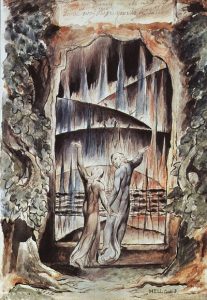
How was Paganism practiced in Medieval Europe?
The primary forms of Paganism in Europe were Hellenistic religions, including the Roman Imperial cult, mystery religions, local ethnic religions, especially among Anglo-Saxons and the Germanic tribes, Gnosticism and Neo-Platonism.
In the early medieval ages, these religions were influential, and, in some cases, they were even the official religion for the respective governments. However, with the growth in power of Christianity, these were consistently banished. Their adherents were persecuted and forced to convert to Christianity.
The conversion of the Anglo-Saxon kings and the conquest of the other barbarian tribes helped establish much of Europe as a Christendom. The Baltic States and Lithuania remained the areas where paganism was practiced openly and on a large scale.
Lithuania would remain a pagan state in the middle of this till late in the Middle Ages when the last pagan leader died, and his successor converted to Christianity.
Even then, all forms of paganism were not eradicated. What emerged was crypto-paganism, where the converted communities would profess the Christian faith but still mix it with their earlier traditional beliefs.
While sacrifices were burnt in public and private, most of the people who practiced paganism offered them in secrecy. In some locations, as different historical scholars note, the mix of paganism and Christianity was so brazening that it would not have been permissible to an orthodox Christian.
For example, in parts of Irish, the swearing-in of a new king who would still profess the Christian faith involved traditional rituals that involved blood sacrifice.
In most cases, people did not become devout believers, and even the church leaders, in most cases, tried to merge the different beliefs by adding Christian elements to the pagan beliefs to lessen the resistance of the various tribes they worked in.
The significant example is the use of pagan places of worship for Christian worship. While idols were destroyed and replaced with saint figurines and other relics of Christianity, the sites themselves were not destroyed, only repurposed to serve as new temples and meeting places for Christianity.
In other areas, the saints that came from the Roman Catholic Church were interpreted to replace the myriad of gods who were part of the ethnic religions. For other sects that worshipped nature and had a feminine deity, the Virgin Mary became an appealing figure.
As the middle ages progressed and learning spread, especially into the renaissance, paganism also evolved and found a foothold in society in the form of sects and cults. These would be done in secrecy, and when found out, members were usually burnt at stake as the worst punishment.
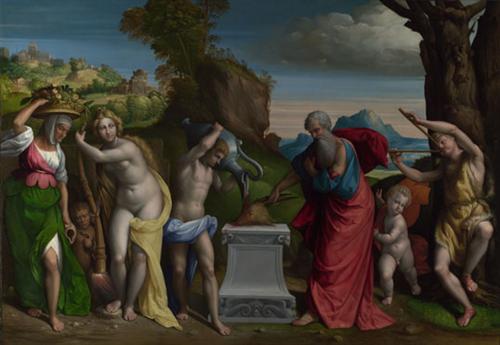
Christianity’s reaction to paganism
The adoption of the Roman Catholic as the official religion came at a cost to the traditional beliefs at the time in Italy and later on in other parts of Europe where Christianity spread. In some cases, the local leaders would easily convert to Christianity and then make it the official religion.
In most cases, however, it was through conquest that the Christianity overpowered paganism. The conquest crusades would be led by nations or knight groups like the Teutonic Knights, who were mostly responsible for the Northern Crusades.
Within Christendom itself, pagan practices were persecuted continuously, and even Jews were expelled or limited in their scope. The famous witch-hunts to come would be from the fear and climate created during this period.
With the wealth and power of the church and its dominance on every aspect of life, it became easy to stand out if you did not adhere to the church edicts, especially in regions where strict Orthodox Christianity was observed. (Further reading on this topic: 5 Amazing Witchcraft Cases that You Need to Know)
Paganism influence on Christianity in medieval ages
Paganism had a significant impact on Christianity, much of which is still relevant today. Many Christian festivals were styled around the festivals of Pagan festivals during the Middle Ages.
These include Christmas (Check this: Merry Christmas…With Few Interesting Facts About), Easter, and New Year celebrations. Several Christian Philosophical thoughts have also heavily borrowed from Pagan traditions, especially the Hellenistic religions.
Conclusion
While the Middle Ages were primarily dominated by Christianity, especially the Holy Roman Catholic Church, paganism, which predated Christianity, still lived through this period amid the fierce persecution, and a number of its ideas made their way into Christianity.
Stay in Touch
 Join our newsletter by using the forms on this website or click here!
Join our newsletter by using the forms on this website or click here! Follow us on Google News
Follow us on Google News Follow us on Facebook
Follow us on Facebook
Featured image: Dante and the Three Kingdoms by Domenico-di-Michelino/Wikimedia

